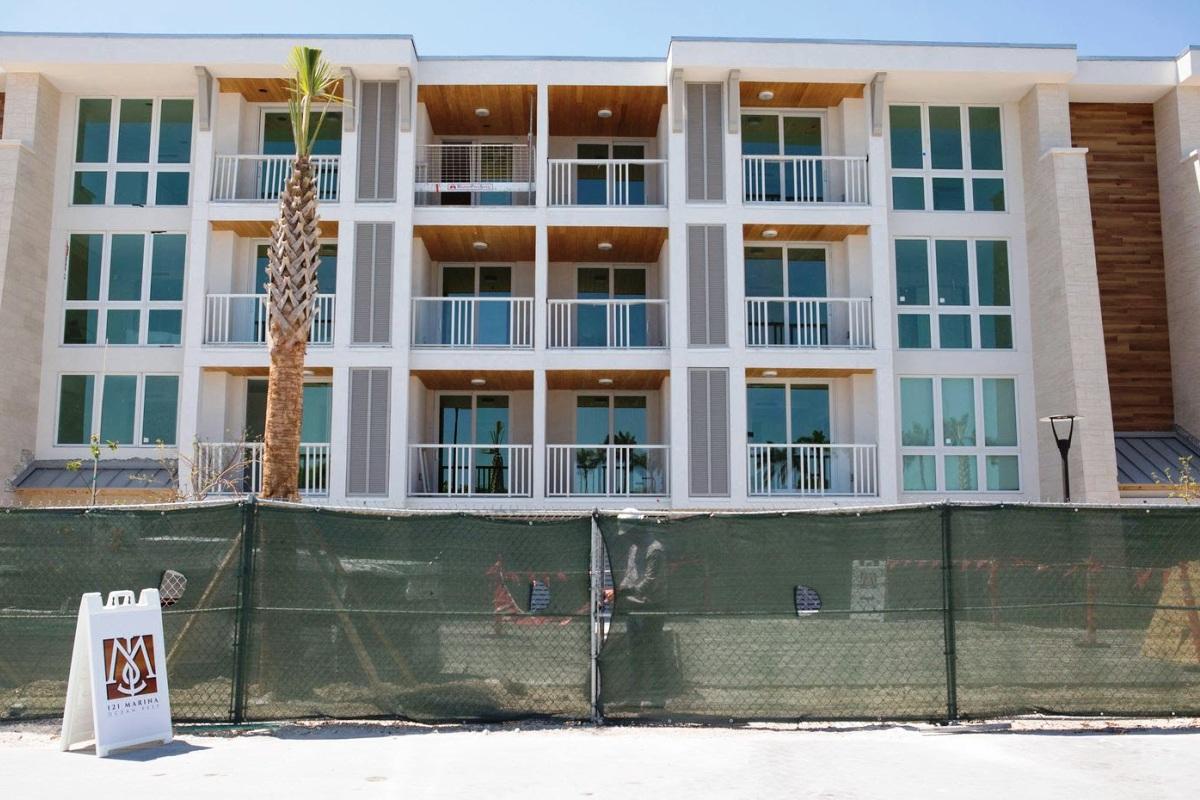Trending
Why homes that are virtually hurricane-proof are so scarce
Only 8 percent of new homes were made of concrete in 2017, according to the Census Bureau

Engineers and architects can design homes that withstand all types of severe weather, but the market for nearly hurricane-proof homes is limited.
In Key Largo, developer Eric Soulavy is completing a three-story, 27-unit, concrete condominium with windows designed to remain intact in wind up to 174 miles per hour.
The condominium also will have a parking garage equipped with pumps that can move storm water 65 feet underground at an hourly rate of 20,000 gallons. A huge generator for the pumps has its own building.
But Soulavy’s development is difficult for the average home buyer to afford: Prices at his fortified Key Largo condominium start $5 million for a four-bedroom apartment.
Innovations in design have reduced the vulnerability of homes to hurricane-force winds, floods and fires. But such innovations have spread slowly. Their adoption is limited mainly to the wealthy and to people who are unusually cautious, or simply unusual.
Among about 800,000 houses built last year, only eight percent were built with concrete frames, according to the Census Bureau.
The pace of toughening structures is too slow, says Roy Wright, who formerly oversaw risk mitigation at the Federal Emergency Management Agency (FEMA).
Wright now heads The Insurance Institute for Business and Home Safety, which in 2008 created a set of construction standards called “Fortified,” a designation certifying that a hurricane won’t cause a roof to leak of tear off.
But in the 10 years since the “Fortified” designation was established, just 8,126 U.S. homes have qualified for the designation.
A roof that meets the Fortified standards costs approximately $1,000 more, on average, than other roofs, according to Wright.
Building sturdier roofs and concrete framework are two of many approaches to hardening homes.
Architects in Ontario have proposed “amphibious” homes that can float along guideposts during a flood.
Deltec Homes Inc. of Asheville, North Carolina, is a builder of circle-shaped houses with conical roofs that weaken wind by pushing it over and around the houses.
Concrete construction can make houses look like bomb shelters, but the aesthetic sacrifice is avoidable.
Consider a home that New York City architect Illya Azaroff designed to replace one that Superstorm Sandy destroyed in Breezy Point, Queens.
The new house was built with a concrete frame, making it far stronger than a typical wood-frame house and roughly 15 percent more expensive, according to Azaroff.
But new house also looked like wood-frame houses nearby, not a bunker. With exterior siding and gypsum board covering interior walls, it is almost impossible to detect its concrete construction.
Resistance to innovation has plagued productivity in home building, according to the McKinsey Global Institute. It has reported that labor productivity in most sectors of the economy is 10 times greater than in the 1950s, but “productivity in construction remains stuck at the same level as 80 years ago.” [Bloomberg] – Mike Seemuth




